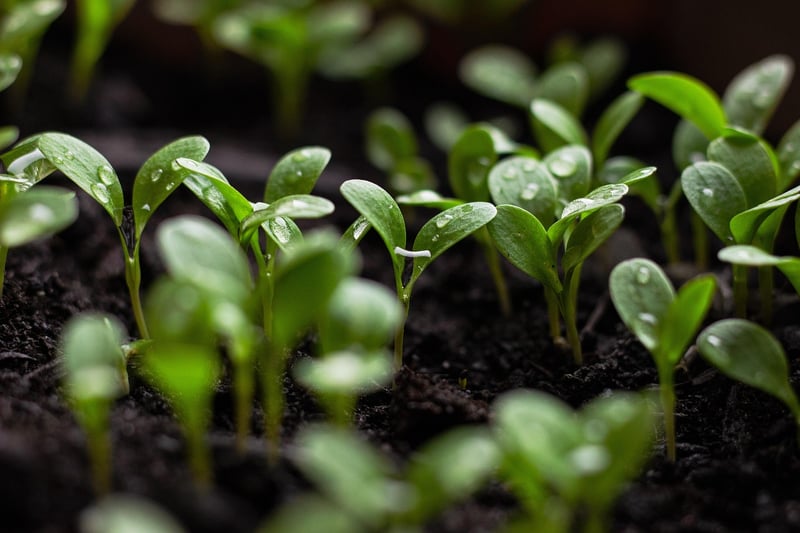Native Plants
Choosing the Right Plants for Urban Settings
Urban environments present unique challenges for plants, including limited space, pollution, and variable light conditions. To thrive in these conditions, it's essential to select the right plants that can adapt and flourish in urban settings. Native plants, in particular, are well-suited for urban environments due to their resilience and ability to support local ecosystems.
Benefits of Native Plants in Urban Settings
Native plants are species that naturally occur in a specific region and have evolved to thrive in local environmental conditions. When planted in urban settings, native plants offer several benefits:
- Adaptability: Native plants are well-adapted to the local climate, soil, and water conditions, making them more resilient to urban stressors.
- Biodiversity: By planting native species, you can create habitats that support local wildlife, including birds, insects, and pollinators.
- Low Maintenance: Native plants typically require less water, fertilizer, and pesticides compared to non-native species, making them easier to care for in urban gardens.
- Environmental Benefits: Native plants help improve air and water quality, reduce erosion, and support overall ecosystem health in urban areas.
Popular Native Plants for Urban Gardens
When selecting native plants for your urban garden, consider the following popular options:
- Milkweed (Asclepias spp.): A vital host plant for monarch butterflies and other pollinators.
- Black-Eyed Susan (Rudbeckia hirta): A hardy perennial with bright yellow flowers that attract bees and butterflies.
- Eastern Redbud (Cercis canadensis): A small tree with pink flowers in spring, ideal for urban landscapes.
- Switchgrass (Panicum virgatum): A native grass species that provides texture and interest to garden beds.
- Virginia Bluebells (Mertensia virginica): Shade-tolerant plants with clusters of blue, bell-shaped flowers.
Tips for Planting Native Species in Urban Areas
When incorporating native plants into your urban garden, keep the following tips in mind:
- Research Local Species: Identify native plants that are indigenous to your region and well-suited for urban landscapes.
- Consider Site Conditions: Choose plants based on sunlight exposure, soil type, and available space in your urban setting.
- Plan for Diversity: Create a mix of flowers, shrubs, trees, and grasses to enhance biodiversity and provide year-round interest.
- Maintain Proper Care: Water newly planted natives as needed, and mulch to retain moisture and suppress weeds.
By selecting and planting native species in your urban garden, you can create a sustainable and vibrant green space that benefits both the environment and local wildlife.

Image source: Pixabay
